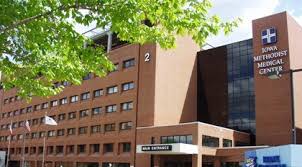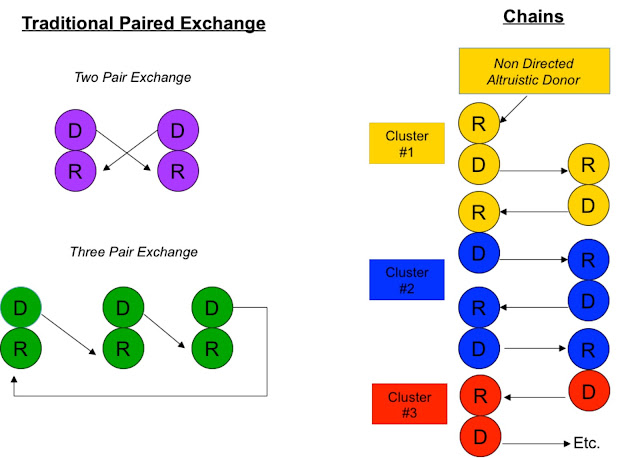Immunosuppression: why and how?

Background: Care is taken to perform compatible transplants by checking antibodies to blood (ABO) and tissue (HLA) antigens.The rejection of transplanted organs is caused by the activation of lymphocytes. HLA class 1 molecules are present on all nucleated cells and help the immune system to distinguish self from non-self. HLA class 2 molecules are only present on antigen presenting cells (dendritic cells, monocytes, macrophages). The dendritic cells of the donor tissue migrate to the recipients lymphoid tissue and present them to the recipients lymphocytes, activating the overwhelming armamentarium of of the immune system. All blood cells arise from a common stem cell but the lymphocytes follow a different lineage. Once activated, the T lymphocytes differentiate into cytotoxic T cells, tumor suppressor cells, and T-helper cells; The B lymphocytes become plasma cells and memory cells. There are essentially two types of rejection although a mixed patt...





